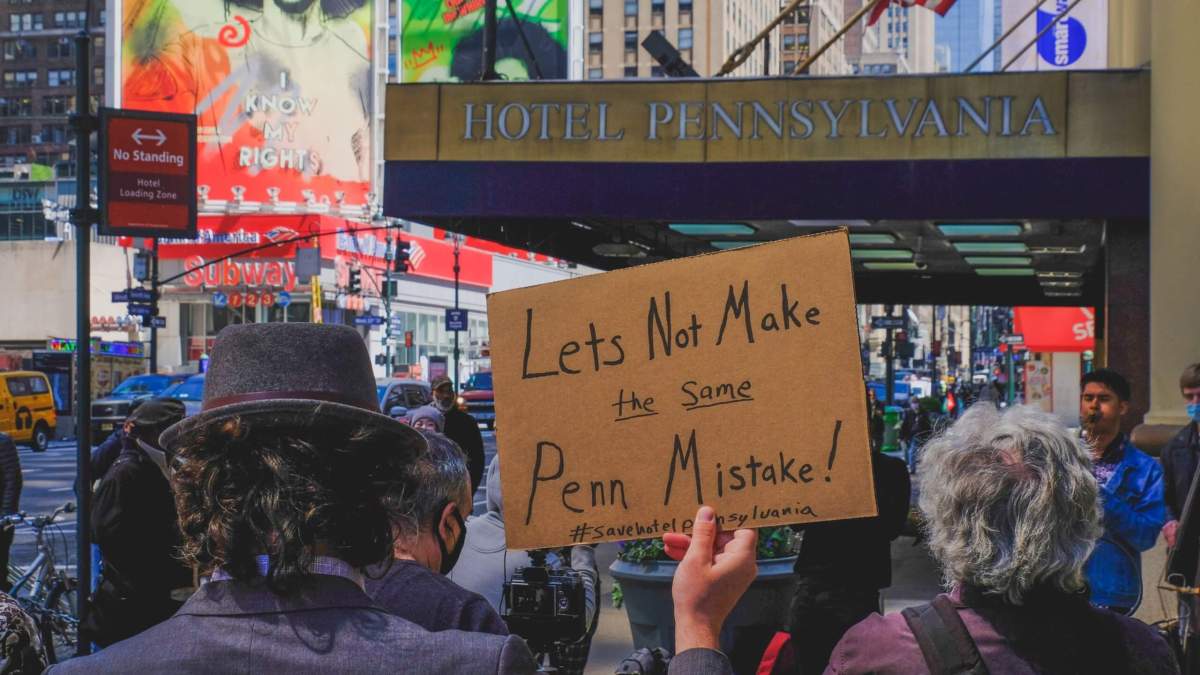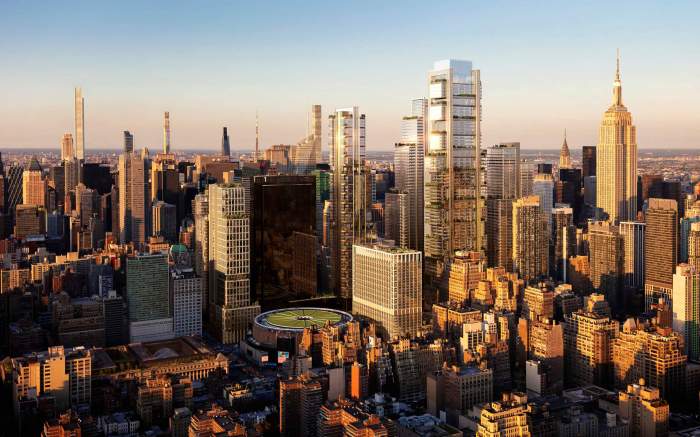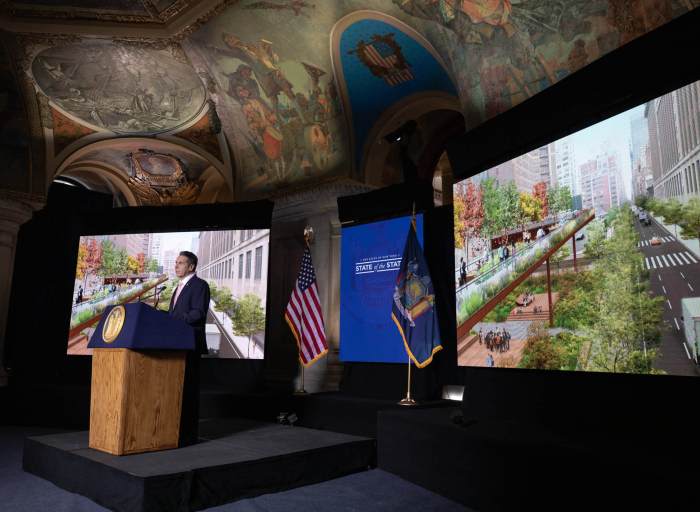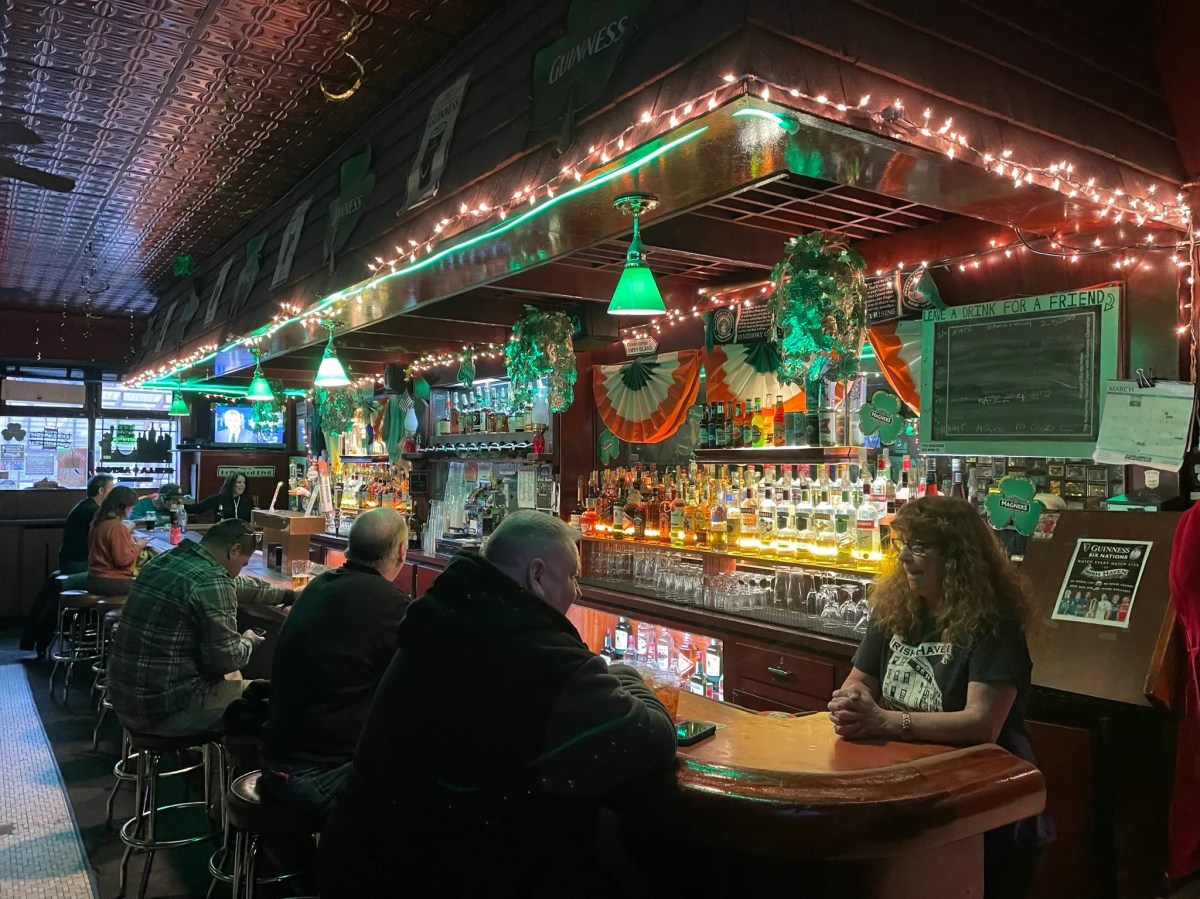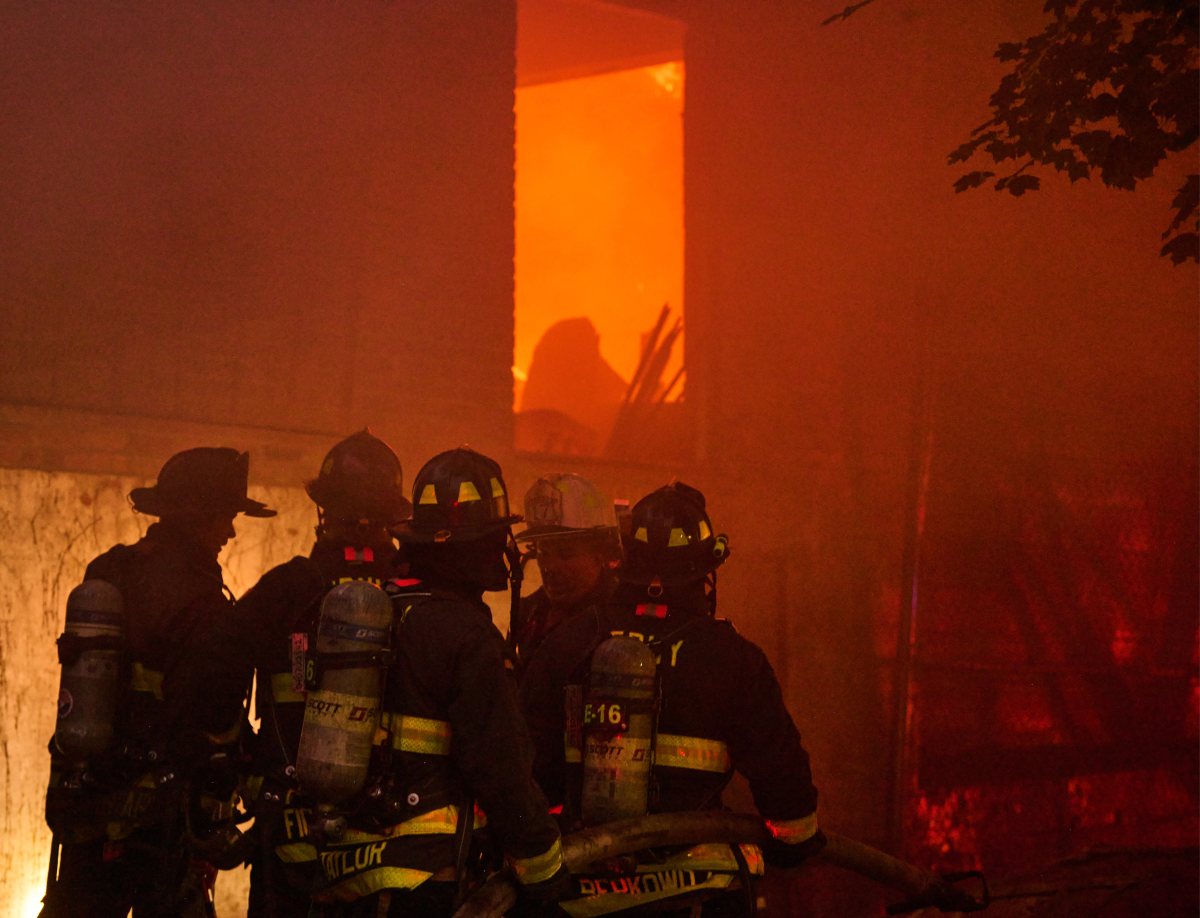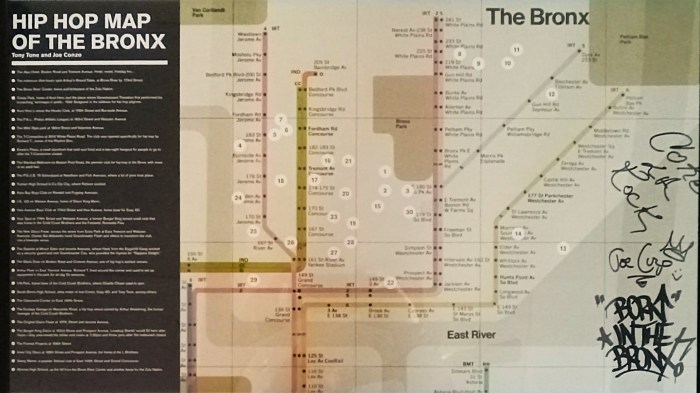Historic preservationists, architects and civic leaders hope to stop the irony of destroying landmarks, officially designated or not, from destruction in the effort to beatify and expand transit options at Penn Station.
Vornado, the realty trust that owns the Pennsylvania Hotel, however, was not responsive in regard to calls to maintain the 102 year old structure which could be up for redevelopment under Governor Andrew Cuomo’s revitalization effort.
Richard Cameron, an architect who spoke in front of the Hotel Pennsylvania on Wednesday, contested the grounds on which developers are seeking to demolish what was once one of the larges hotels in the world in that the logic was similar to that used to destroy the old Penn Station.
“We used to have the greatest train station in the world right across the street, literally right across the street, and sadly for me I was too young – when I got to New York it was already gone,” Cameron said. “The language that was used to destroy that station is the exact same language Steve Roth is using today to argue to destroy this; it’s tired, it’s old, it’s dirty, can’t be reused. We need something new. Everybody admits that what happened across the street was one of the worst crimes in terms of architectural legacy that ever happened in this country. We’re about to commit the exact same crime right here with the Hotel Pennsylvania.”
Vornado is planning a 61-story office tower in place of the 1919 design by McKim, Mead and White as part of the Pennsylvania Railroad Midtown Manhattan transportation complex, leading the group falling under the Empire Station Coalition to call on not only elected officials to step in, but also for the Landmark Preservation Commission to designate the site.
“We should only support development that enhances livability for New Yorkers including housing, green space and transit accessibility,” Lindsey Boylan, candidate for Manhattan Borough President, said. “Instead the Governor seems to view this as a giveaway to allies and donors and Vornado rather than thinking about the future of the City, and I refuse to support a plan that is not led by residents of the City for residents of the City.”
The LPC seems to lack interest in preserving what was once part of the old Penn Station as the agency owes its creation to the preservation movement that grew from the rubble of the idilic transportation hub that enrage Americans when it was destroyed and rebuilt in 1963.
“LPC has reviewed Hotel Pennsylvania numerous times over the last 20 years and each time has determined that the property does not rise to the level of architectural significance necessary for consideration as a potential landmark,” an LPC spokesperson said.
The larger scope of the Empire Station Complex, a pet project of Governor Andrew Cuomo’s since his 2020 State of the State address, is an expansion a block to the south of Penn Station that puts other sites locals argue are historic such as St. John the Baptist Roman Catholic Church.
“Let’s not repeat the egregious error of Penn Station by allowing the destruction of Hotel Pennsylvania simply because it hasn’t been maintained by its owner in recent years,” Brad Vogel, of the City Club of New York said. “A film of soot is a temporary thing; the loss of a landmark is forever. A creative owner would emulate examples of adaptive reuse – just a quick look at the National Trust Community Investment Corporation’s portfolio shows it’s possible.”
The LPC under Mayor Bill de Blasio has not enjoyed its moment of popularity among historians and preservationists over the course of his administration, many advocates see his approach as developer-friendly with too much reluctance to designate certain sites.



